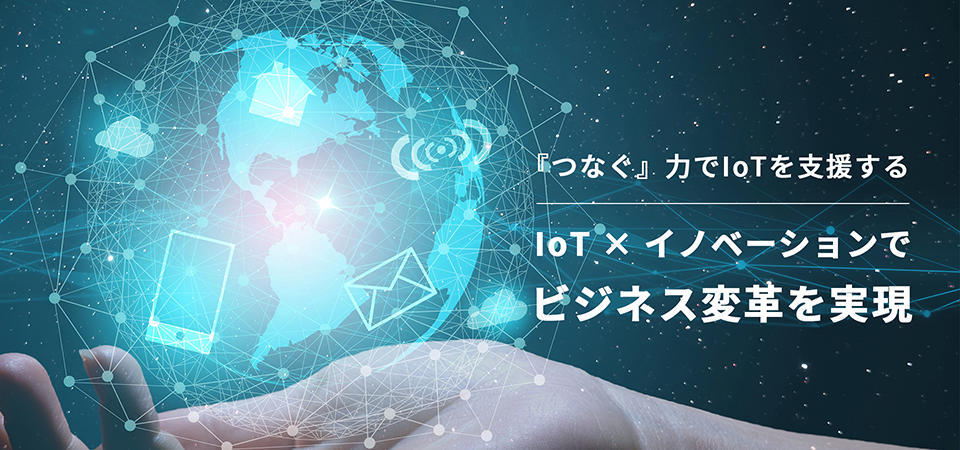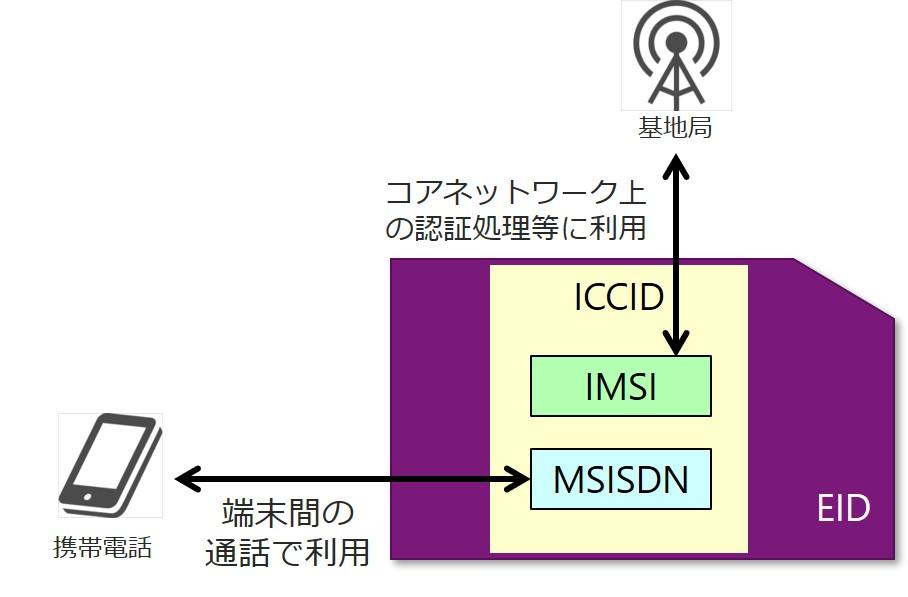
eSIMs
There are two elements. Please refer to Fig. 1 as well.
(a) Embedded SIM: Chip-type SIM. It is a board-mounted type that does not require insertion and removal.
(b) eUICC compatible SIM: Refers to Remote SIM Provisioning (RSP) compatible SIM. An area that can hold multiple ICCIDs is provided inside the SIM, and it is possible to switch ICCIDs as needed by RSP.
For detailed explanation about eSIM, please refer to the link below.
macnica.co.jp/business/connectivity/columns/140963/index.html

EIDs
It represents the individual identification number of the actual SIM card and consists of 32 digits of random numbers.
With conventional SIM cards, one ICCID (Profile) was assigned to each SIM card, but with eUICC support, the ICCID can be changed arbitrarily, so it will be the number that identifies the actual Embedded SIM.
ICCID (IC Card Identifier)

It becomes a profile given to each SIM, and determines which carrier to connect to in which country.
It consists of a random number of up to 22 digits conforming to the ISO/IEC-7812 standard. The first 6 digits indicate the standardized carrier number. Figure 2 refers to a Japanese carrier as an example.
International Mobile Subscriber Identification (IMSI)

It consists of 15 digits and consists of the contents shown on the left.
It is an individual identification number used to authenticate communication access in the HLR/HSS (subscriber information management system) on the core network.
The first five digits specify the destination country and carrier, and are standardized as MCC (Mobile Country Code) and MNC (Mobile Network Code).
MSISDN (Mobile Station International Subscriber Directory Number)
Indicates the individual identification number, or phone number, used to call the other device.
With MNP (Mobile Number portability), it is possible to take over the same MSISDN even if you switch to another SIM card.
*Role of EID/ICCID/IMSI/MSISDN

As mentioned above, SIM cards have various individual identification parameters, but each is assigned as the following role.
◦EID: Individual identification of the actual SIM card (hardware). It is used for management during manufacturing.
◦ICCID: Selects the destination telecommunications carrier. IMSI + MSISDN
◦IMSI: Individual identification used to perform authentication for connection permission on the network.
◦MSISDN: phone number. Individual identification when calling between terminals.
PIN code (Personal Identification Number)
It represents the code (number) for unlocking the terminal in advance to prevent unwilling use of the terminal by a third party.
*In the case of iPhone, "passcode" is equivalent to a kind of PIN code.
1. Enter the PIN code to unlock the terminal
2. If you enter the wrong PIN code N times, the terminal will be in "PIN lock state"
3. Enter "PUK code" for PIN unlock
4. If you enter the wrong PUK code M times, you will not be able to use the SIM.
SIM lock
It is a mechanism that restricts the terminal side so that it can only be used with a specified SIM card.
Conversely, a device that does not have a SIM restriction is called a “SIM-unlocked device: SIM-free”.
